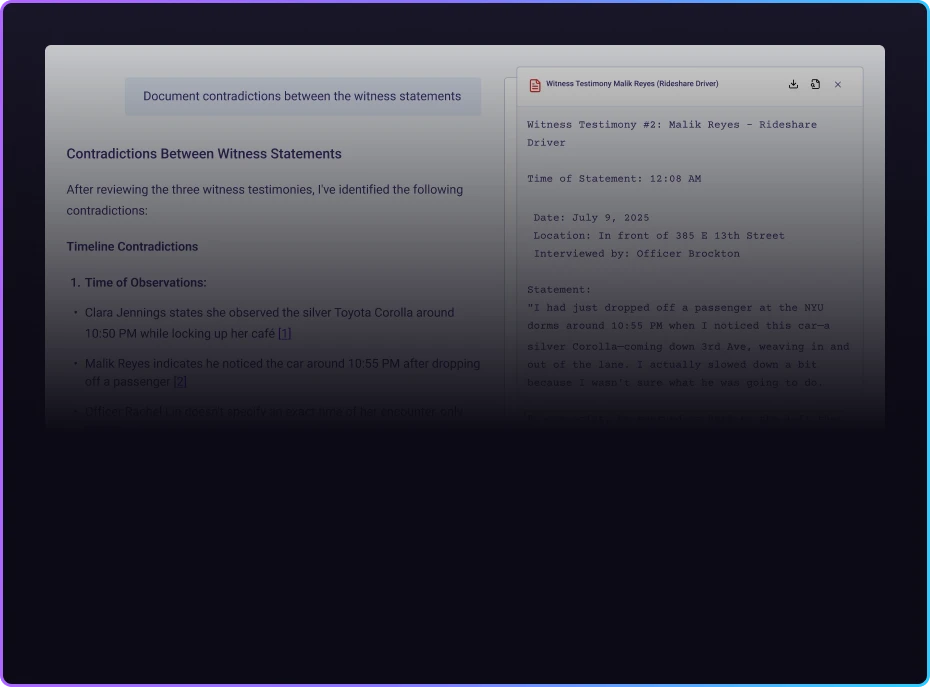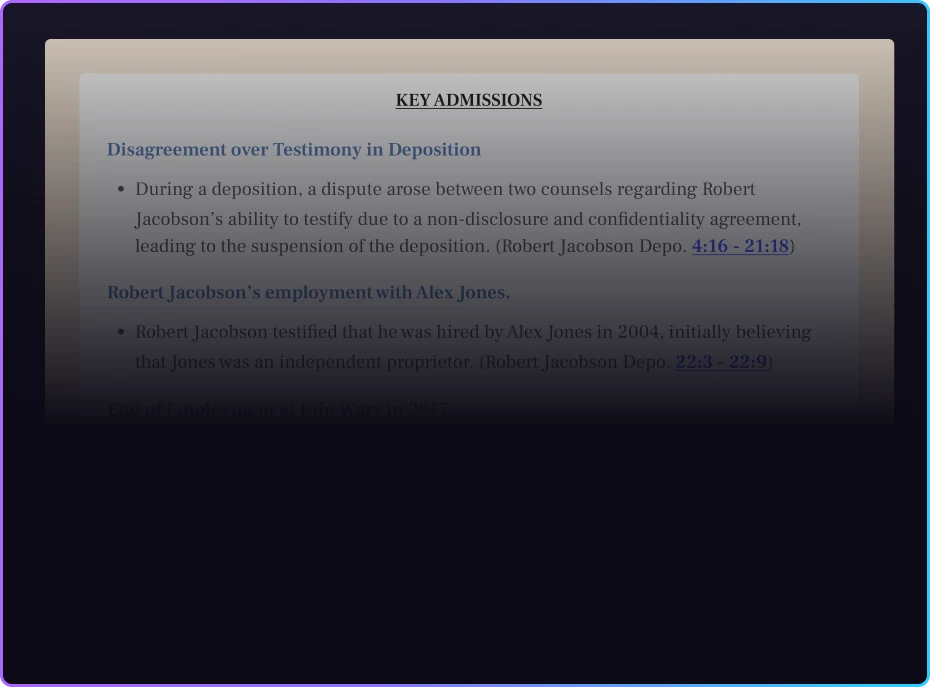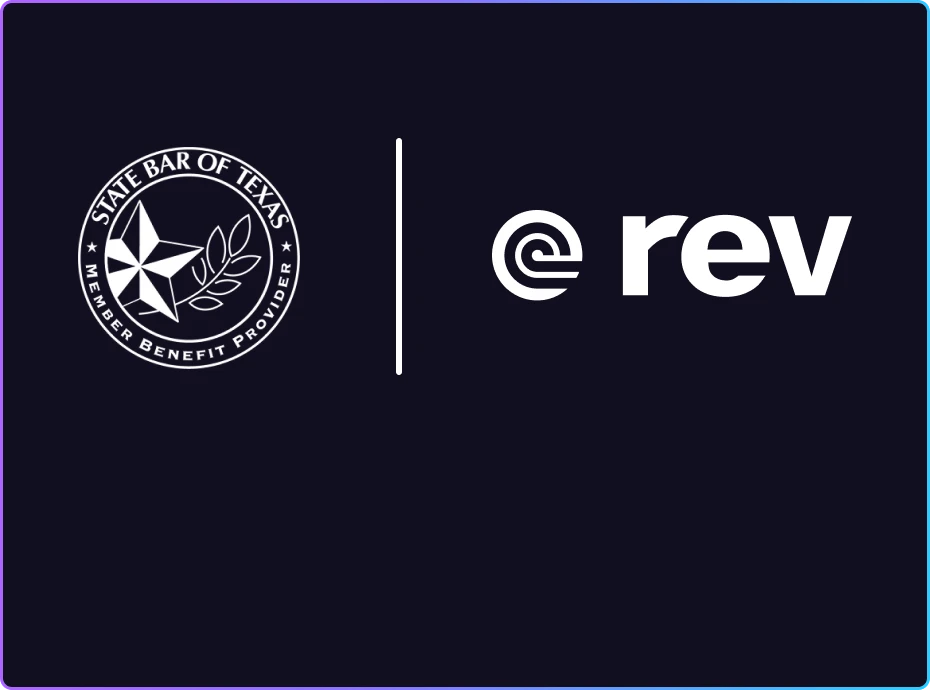What Are the Best Primary Market Research Methods? & How to Use Them
Explore the best primary market research methods—from surveys to interviews—to collect reliable, first-hand consumer insights.

Market research is a must for understanding your products or services and how they’ll be perceived by your current and potential customers. Market research helps you better understand your customers, which helps you develop better products, understand your markets, and better reach your customer base, all of which are a recipe for long-term success.
There are two kinds of market research you can conduct: primary and secondary market research. In this blog, we’ll discuss primary market research strategies, their pros and cons, and how to get started.
What Is Primary Market Research?
Primary research is research you conduct yourself (or via a third party you hired) to get information directly from the source. Primary research provides insights into how current and potential clients relate to your product or service by communicating directly with them. There are five types of primary research methods that we’ll detail later in this article.
If there’s primary market research, there must also be secondary market research, right? Great question. There is such a thing as secondary market research, and it can provide valuable intel, but it’s not your research. When deciding between primary vs. secondary market research, ultimately it’s primary that will give you the most specific and useful information because you conduct it yourself.
Here are the different types of primary market research.
Qualitative Research
Qualitative research can provide insights into the “why” behind the behaviors of your customers. It’s a descriptive form of research that can reveal ideas and perceptions that lead to decision-making. Qualitative research is a less formal research method compared to quantitative research. It can lead to recommendations for what to test with quantitative research.
In short, qualitative primary research uses non-numerical information; human answers to human questions, essentially. The most common ways to gather qualitative primary research are interviews, observation, focus groups, and surveys. But no matter how you gather the data, analyzing the qualitative research creates insights you can act upon.
Quantitative Research
Quantitative research, on the other hand, is based on data collected (aka the numbers). It’s a structured research form that quantifies thoughts, opinions, and behaviors. It can be used to test and validate hypotheses. Quantitative research results may be used to represent a larger sample size or population.
Quantitative primary research methodology can involve surveys, polls, or questionnaires. Questions often involve ranking answers on a number scale (1 to 5, for instance) to create a statistical evaluation of the data.
Analysis of this data tends to offer more “hard” answers to your questions. For instance, you’ll know that more people buy your product online, but not necessarily why. “Why” is a question for qualitative research.
Primary Market Research Methods + Strategies
There are a number of primary research techniques, but most involve direct communication with a targeted audience. No matter the kind of primary business research you’re conducting, you’re looking for either exploratory information or specific information. Exploratory is more abstract, usually involving probing during in-depth interviews with single subjects or small groups at most. Specific information is gathered with more pointed questions that are often generated as a result of exploratory research.
Regardless of which type of information you're looking for, here are the five most common methods for conducting primary market research.
1. In-Depth Interviews
In-depth interviews are one-on-one conversations with a primary research target. They can be conducted face-to-face, over teleconferencing apps like Zoom or Microsoft Teams, or over the phone. An in-depth interview can offer rich insights and help you truly understand the needs, wants, and desires of the interview subject, which in turn helps you better develop products or services they’ll want.
You should only conduct in-depth interviews with carefully selected participants, and you should prepare questions that can answer the questions you have about your market, product, or service. Have a bevy of follow-up questions ready to ensure you get the clarification and well-rounded answers you need.
When conducting interviews via teleconferencing apps, it’s important to record and transcribe the sessions for accuracy and efficiency. A reliable transcription service like Rev can not only ensure that your transcription is as accurate as possible, it also allows you to forget about comprehensive note-taking, because the entire conversation will be accurately reproduced in an easily searchable, shareable text format. Rev can also summarize the entire conversation, highlight notable sections and insights, and generally make your data more usable.
2. Focus Groups
A focus group is one of the most common market research examples. A small, targeted group of people gathered to answer your specific questions is an intimate way to get a lot of different perspectives, opinions, and insights about your subject. The difference between a focus group vs. in-depth interviews is that a focus group can provide not only individual responses, but insights pulled from group interactions.
Focus group success requires a skilled facilitator who encourages every participant to contribute meaningfully and pointedly prevents any single person from dominating the conversation or “leading” the group. The facilitator pays attention to feedback, asks thoughtful follow-up questions, encourages discussion, and keeps participants on track. They should be prepared with a discussion guide to make sure that the most important questions are asked and answered.
Whether it’s conducted live or over conferencing software, your focus group session should always be recorded and transcribed, just like you would with a one-on-one interview. This ensures that every detail is captured accurately and is easily referenced later. And just like with an interview, Rev can summarize the session and offer valuable insight.
3. Surveys
Surveys are a form of quantitative primary market research that asks every participant the same questions. These questions can be close-ended or open-ended as needed.
To get the best survey insights, questions need to be clear so participants don’t get confused and respond inaccurately. Just like with interviews and focus groups, your survey participants should be carefully selected based on your data needs. The survey should be user-friendly, with mostly closed-ended questions and a few open-ended questions. Closed-ended questions provide harder data points, while open-ended can offer fresh insights.
A survey can be conducted in a variety of ways, including via telephone, by mail, in person, or online using a tool like Google Forms or SurveyMonkey. If you want to ask someone survey questions face-to-face, you can use video conferencing to conduct the survey.
4. Observational Research
Observational research is a form of qualitative research that examines how subjects behave. Observation can happen through information-gathering, monitoring purchase habits, or by watching, listening, and paying attention to the subject’s actions in either a natural setting like a real storefront or manipulated setting like a mock situation that you build specifically for research. It can also involve looking at complaints and product returns in an effort to discover trends and habits.
Observational research can be gathered with tools like cameras and biofeedback systems for live subjects or eye-tracking software and heat maps to observe online behaviors. However you collect it, make sure that the subjects are your target demographic.
5. Social Listening
Social listening is a great way to conduct primary market research because it utilizes real people’s conversations and comments in the “real” world. Whereas interview or focus group settings are designed to gather specific information, a person’s social comments and reviews are a natural extension of their unfiltered thoughts.
Social channels like Facebook, X, Instagram, YouTube, TikTok, and LinkedIn are where consumers post thoughts on businesses and market trends. You can “listen” to these thoughts observationally by tracking certain subjects or hashtags. But you can also be more proactive and target content creators or influencers to get their opinions on a topic.
The drawback of social listening is that there’s so much social media to listen to! Luckily, there are a number of social listening tools out there that can cut through the noise and help you find the feeds that are worth your attention. Two of the most notable tools for social listening are Sprout Social and Meltwater.
Pros and Cons of Primary Research Methods
As with any other part of your business that uses resources, there are pros and cons of conducting primary research.
Pros of conducting primary research:
- Since data is captured in real-time, it’s as up-to-date as possible
- Built to capture data that is relevant to your specific goals
- Data that is exclusively yours
- Small sample sizes can be applied to your broader audience (if targeted properly)
Cons of conducting primary research:
- Can be expensive, and requires a lot of time and energy
- Requires a lot of preliminary research to find the proper subjects
Now that you know the pros and cons, the key is determining whether the pros outweigh the cons for your business. When thinking long-term, primary research is usually more than worth the effort.
How to Get Your Research Started
Whether you’re conducting research for a business plan, planning your next product development, or trying to expand your brand recognition, primary market research can be incredibly helpful in meeting your goals. But you have to start somewhere!
Here’s how to get started with your primary research.
- Create your hypotheses. This is a simple “if, then” statement that you’re looking to prove. “If we spend more money on social media marketing, then we’ll sell more products.”
- Determine your primary research methodology. Many factors can dictate which methods for primary research are right for you. Time and resources can dictate whether you send simple surveys or conduct extensive focus group sessions.
- Set budgets and deadlines. Since primary research can be intensive, it’s easy to let expenses get out of control and deadlines get burned. Set your parameters and stick to them.
- Engage the right tech. Staying within your set budget, determine the apps, equipment, or other technology that can streamline your workflow and save resources. Rev, for instance, can save you hours of manual note-taking and transcription time.
Once the groundwork is laid, you’ll have a strong foundation to support your research.
Rev Makes Your Primary Research Matter
To get the most out of your primary research, every meeting, interview, and focus group should be recorded and transcribed so that the data can be analyzed. Rev helps you work smarter, capturing every word and providing transcripts with best-in-the-industry accuracy while providing AI insights that give you a head start in analyzing your data.
















